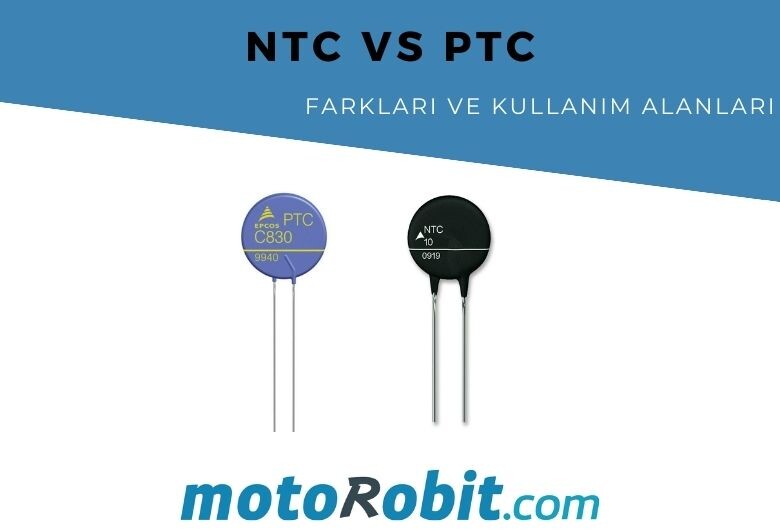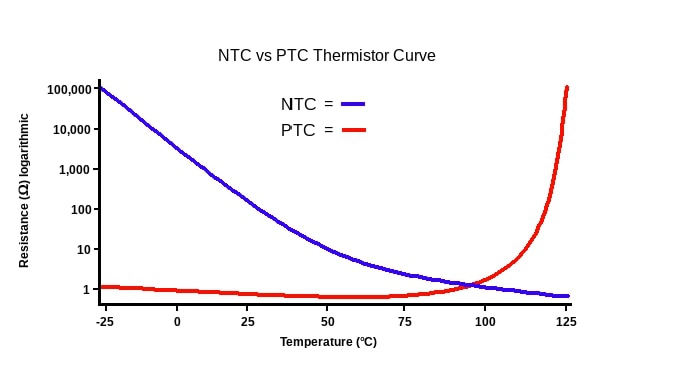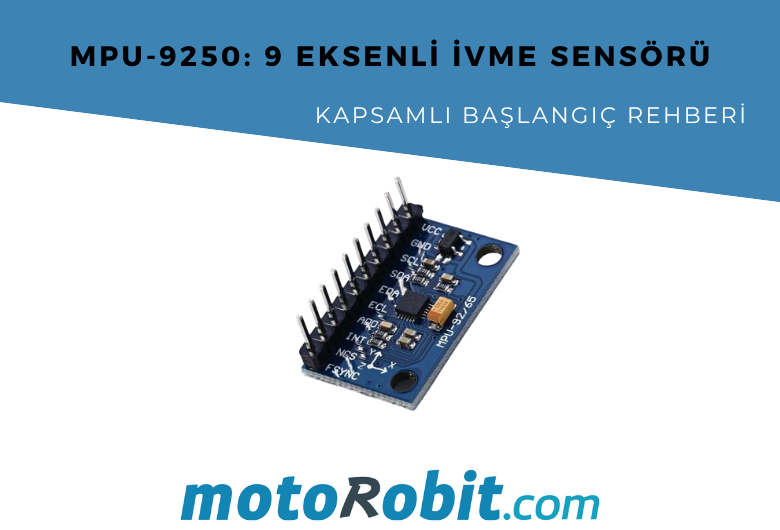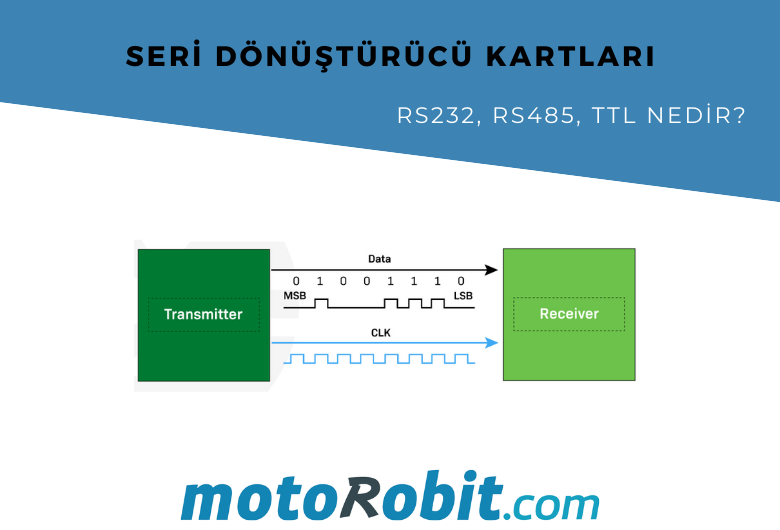What are NTC and PTC? What are Their Differences and Applications?

What are NTC and PTC, what are their differences, and where are they used. We will answer these questions for you in our blog.
What is a Thermistor
A thermistor is actually a type of resistor. These are products whose resistance value changes depending on temperature. They measure temperature based on the resistance value they provide. The term "thermistor" is derived from the words "thermal resistor". So it can be translated into Turkish as "termal direnç".

What are NTC and PTC
NTC and PTC are types of thermistors. However, these two types of thermistors differ in terms of usage. Therefore, we need to pay attention to the type of product we will use in the circuit.
NTC thermistors are thermistors whose resistance value decreases as the measured temperature increases. The resistance value changes inversely with heat. In other words, the resistance value progresses in the negative direction.
PTC thermistors are thermistors whose resistance value increases as the measured temperature increases. The resistance value changes in direct proportion to heat. In other words, the resistance value progresses in the positive direction.
When asked what NTC and PTC are or what their differences are, we can easily remember these in a very simple way. In fact, the initial letters of these products give us the necessary clue. In NTCs, there is a progression in the negative direction. So the resistance value decreases as the temperature increases. In PTCs, there is a progression in the positive direction. So the resistance value increases as the temperature increases.

Blog Latest Additions

Differences Between Li-ion and Li-Po Batteries: Which Battery is Suitable for Which Project?
12.12.2025

MPU-9250: 9-Axis Acceleration Sensor - A Comprehensive Beginner's Guide
28.10.2025

What is ULN2003 ?
13.10.2025

What are Serial Converter Cards (RS232, RS485, TTL)
16.09.2025

What is Peltier and What is its Working Principle?
30.08.2025

Arduino UNO vs Nano vs Mega – Which Should I Choose?
23.07.2025
.png)